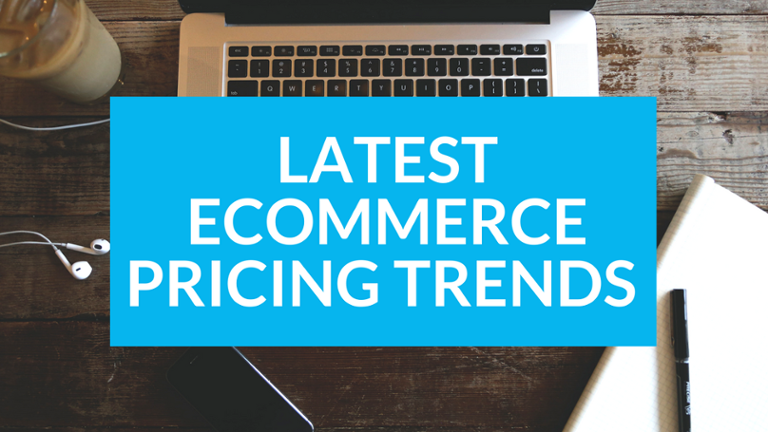According to Jack Welch, the former CEO of General Electric (GE) “if you don’t have a competitive advantage, don’t compete”. In a nutshell, he meant don't bother getting into the fray if you don't intend to win!
If you are determined to beat the competition there are 3 key areas to focus on:
- Quality: you choose to beat the competition by offering superior quality
- Service: you choose to beat the competition by offering exemplary customer service
- Price: you choose to beat the competition by charging the lowest prices
Most of the time it is not easy to measure up well on ALL of these key areas and I would suggest that you never compromise on service because this is something that customers always value.
If you wish to focus on offering the cheapest prices possible this requires that you use (sometimes) desperate measures to drive down your costs which can result in low-quality products or services which make your customers unhappy.
However, there is no business without competition so what are you going to do to beat your competitors on price?
Firstly, it's always possible (but not something I'd recommend), to engage in a price war with your competitors.
What Is A Price War?
A price war describes a market situation where the existing competitors jostle for market share by continually cutting the prices of their goods or services. It all becomes a race to the bottom, an attempt to win customers by offering the lowest prices.
Well, it's an easy thing to win the race for the bottom but do you really want to end up on the floor, only winning the war by slashing prices?
It's a risky pricing strategy too and only one that can be won by companies that have very low costs of production as a result of higher efficiency. Examples of such companies, referred to as low-cost leaders, are Walmart, Ikea, McDonald's etc.
How To Win A Price War
The best way to win a price war is to avoid the war zone entirely! When your competitors are cutting prices here there and everywhere just to win customers, don't try and compete. I suggest you take the opposite track and fight back with offering superior value, here are a few ideas:
Re-target Your Market
By choosing to engage in a price war you are merely targeting the most price sensitive of the market and have subsequently ignored the middle and upper segments of your market.
True, the lower you go with your prices, the more appealing your products or services become to the most price sensitive. However, unless this segment is your ideal target market, don't get into a race for the lowest prices because the price is an estimation of quality and the general perception is that the lower your price, the lower the quality.
The only time a low price appeals to all segments of the market is when a commodity or fast moving consumer goods are involved, e.g. detergents, toothpaste, shampoo, everyday fruits, sweets etc.
If you can’t find a way of lowering your production costs (to cover the drop in profits that will inevitably prevail with extremely low prices), then you should re-target your products to appeal to the better off by offering a quality product or service, i.e. by offering value and pricing accordingly.
Price on Value

"Prices are ultimately set by value, not by the competition or supply/demand,
but by value." - Ron Baker, Pricing Expert

This is where branding comes in - a conscious effort to establish a perception in the minds of your target market regarding your products/services.
Your products or services must be perceived as different based on the combination of unique qualities.
Everyone of your branding efforts, from packaging to customer service must communicate the usefulness and uniqueness of your offering to your target customers.
The market will not pay any more for your products unless you have given them both logical and emotional reasons to do so.
Branding must involve the creation of a compelling story that will connect with your target market and the fulfillment of a promise in their lives. As an example, bottled water is a commodity, but Evian is a brand.
So, to win the price war, do something different from the competition that will position your product/service in a class of its own - only then will you be able to charge more.
Sell Benefits NOT Features
The market is full of people who are looking for the product/service that can best meet their needs. Price is not always their first consideration because they value utility first, the satisfaction/benefits they will derive from making a purchase.
For these people, start with the benefits you are offering. Price is clearly not a benefit, it merely describes how much an item costs. The bottom line is that people buy products and services for what they do, not how much they cost.
So, in order to get the attention of your target market, build your marketing message around a tangible result that your target customers want, or a solution to a problem they have - and price becomes a great deal less important.
Price only becomes an issue when you concentrate on the features of your products/services in front of your target market rather than the benefits.
As soon as you embark on this course you have succeeded in turning your product/service into a commodity rather than making it a brand, which is probably available elsewhere for less than you are charging.
Only a brand can deliver unique benefits based on unique features and customers are willing to pay a higher price for these purchases.
Offer A Money Back Guarantee
It's a bold move but if you make the offer of a money back guarantee it means the purchase becomes a risk-free proposition for your target customers.
It shows that you have complete faith in your product or service, which already gives you a competitive advantage over your rivals who don't offer such assurances.
Needless to say, this means that you do have to focus on delivering on your brand promise!
Free Trial
This allows the target customer to have a risk-free preview of what you are hoping they will eventually pay for.
When they get around to handing over their cash, if it’s something that delivers a result they currently lack or solves a problem they currently have, then the price no longer becomes an issue to making the purchase.
Loss Leader
A loss-leader pricing strategy assumes that an item priced below market value will encourage customers to buy more overall. It is used as an enticement and by utilising this strategy, store owners have opportunities to upsell and cross sell.
Even if the profit is not hugely impressive, this strategy stimulates client interest for future purchases.
It is best to choose loss leading products that have a low CPA to minimise any loss. The end goal is to sacrifice losing money on one item in order to make a profit on other products sold at or above market value.
This pricing strategy can prove to be a strong incentive to both new and existing customers to turn away from your competitors.
Discounts and Promotions
The lowest price doesn't always win the sale but everyone enjoys a bargain so, used wisely, discounting can increase traffic to your store - or even help move unsold stock. Discounting periodically is no bad thing as long as you don't go overboard and gain an unwanted reputation as the bargain seller.
Discounts can come in the form of sales, coupons, rebates, seasonal pricing or offers, e.g. two for one, three for two etc. but, in reality, there are only three types of discount:
- A percentage discount on a product
- A cash amount discount on a product
- Selling a product for a fixed, reduced price
Discounts are great for attracting a more price sensitive group of customers away from your competitors.
In conclusion, if you don’t want to be at the bottom of the market fighting over prices with your competitors, then be prepared to raise the bar with quality, value and service.
This enables you to charge more, which in the end gives you greater profits. Also, pricing intelligence software gives you a huge advantage in the market place and arms you, metaphorically speaking, with a big stick with which to beat the competition!
Related Posts
Why You Need To Understand Competitor Pricing
Online Pricing: How to Beat the Competition
How To Combat the Pressures of Competitive Pricing
Competitive Pricing Strategies for Retailers
Why You Should Understand Your Competitors' Pricing
10 Pricing Strategies to Increase Your Profits
What Are The Most Popular Pricing Strategies By Industry Sector?
Sources
http://www.naijapreneur.com/beat-the-competition/
http://www.naijapreneur.com/competitive-strategy/
http://www.priceintelligently.com/blog/bid/161610/competitor-based-pricing-101-the-necessities-and-your-pricing-strategy
https://prabirduttaimc.wordpress.com/2014/11/02/5-strategic-ways-to-beat-the-competition/



